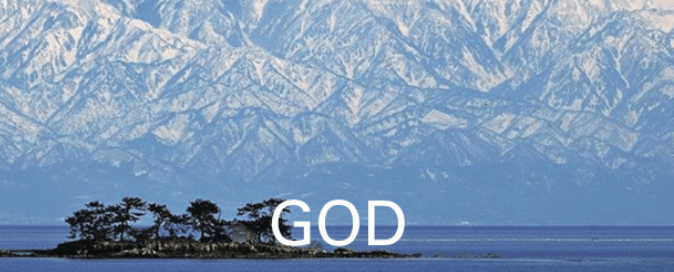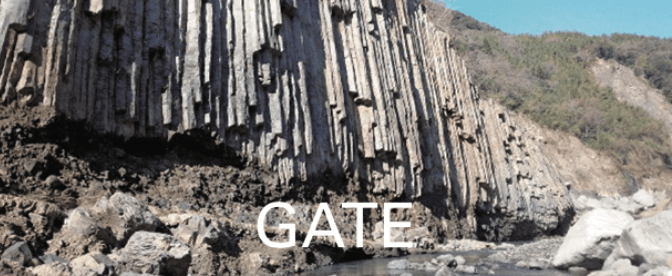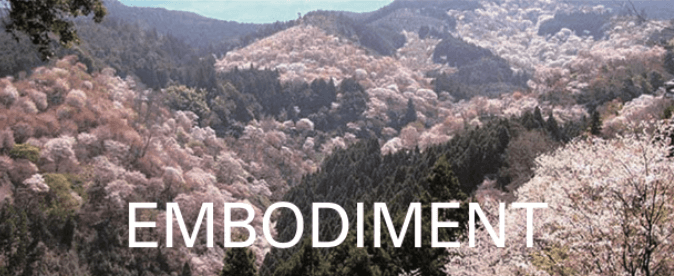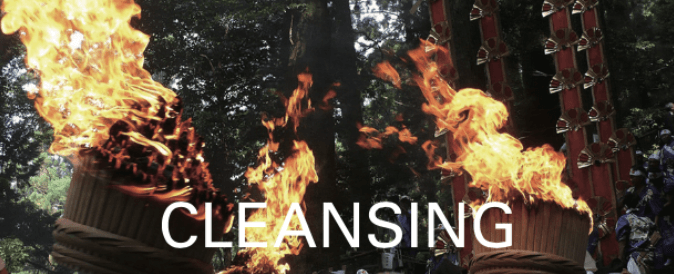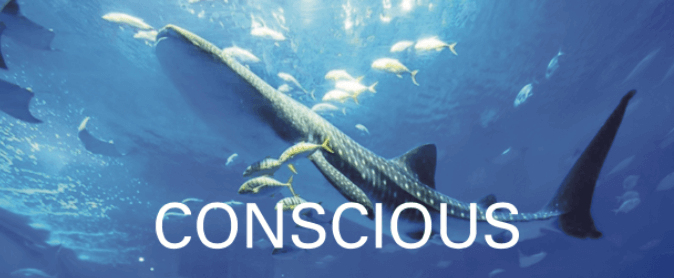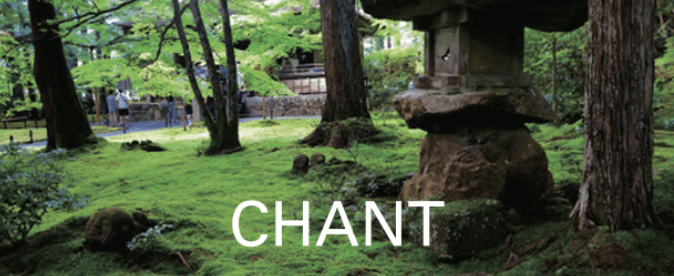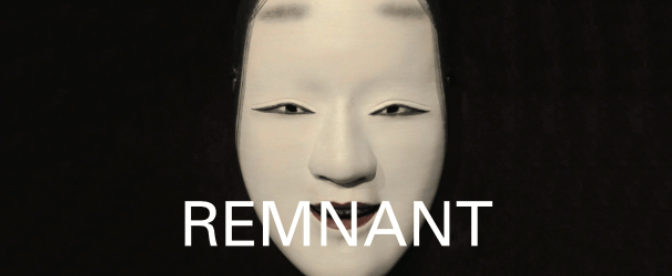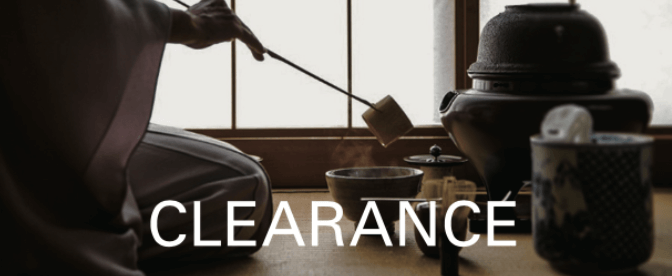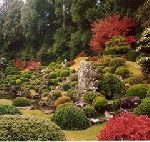
This temple appears on the plateau to the north of Oku-Hamana Lake, along side rivers that pour into the Lake. This plateau has the ruins and tombs from the Jomon period (16,000 years ago – 3,000 years ago), the Yayoi period (the 4th BC – 3rd century), and the Tumulus period (the 3rd– 7th century), including the ruin of the Great King of I no Kuni, the area of Iinoya, serving ritual ceremony.
This temple was founded in 733 by Gyoki (668 – 749), a Japanese Buddhist priest, and organizer of public works projects, like irrigation. It has been the Ii family temple for its 40 generations. The north garden of this main temple is an ornamental pond style garden, which was landscaped in the beginning of the Edo period (1603 – 1868), by Kobori Enshu (1579 – 1647), a feudal lord, a master of the tea ceremony, an architect and garden designer.
The rock arrangement resembles waterfalls and valleys, which expresses a crane and a tortoise as symbols of longevity, by combining with the entire artificial hill. The garden is also longing the Great King of I no Kuni.
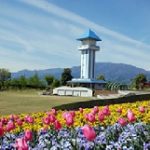
There used to be about 30 tombs in this area called the Akasaka Plateau. The historic site, Matsuzuka Tumulus has a few tombs, still remain in the Plateau, where Arrowhead, Straight sword, Gold Head Ornaments, and Sue ware, unglazed vessels, were excavated to show the connection to the Chinese continent. Wakamizu, sacred water that brings back youth, has been the subject of worship in Japan.
The nearby Jishoji Temple, springs out Ryuosui, sacred water, which is said to be connected to the north side of Shingendutsumi, embankments of the river that divert the course of the river. The nickname Dragon Park is derived from this Ryuosui.
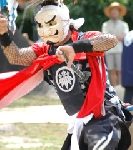
It is a traditional folk art passed down in the Kitakami area, which has a 1,300 year history. This performance, with a demon mask and a vigorous dance, is the sword dance for Amida Buddha (the principal image of Buddha in Pure Land). The succession activities have been handed down by the Geto Onsen, hot spring, too. The name of the hot spring is derived from Guto, in the Ainu language, which means the place of the cliff. The natural monument, Sekaika, Precipitates of calcium carbonate that can be found at hot springs and other springs, is Japan’s largest fountain dome, with a height of 17m above the river and a width of 25m at the bottom. It is made from the same process as the limestone cave and is also called “Tenguiwa – large long-nosed goblin shaped rock”.
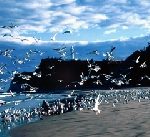
This coast is a long, narrow, south-north coast in the southeastern part of Fukushima Prefecture. Shinabaiko has a beautiful stretch of sandy seashore, dotted with pine trees, where the black pine trees of the tide-water control the forest. Futamigaura at Kattuo is named for the similar view with Futamiura in Ise Province, Mie. Two strange rocks are facing each other on the sea, and Isoishi, little rocks on the shore, line the area.
Hattachi Yakushi, the Haryuji Temple that worships Yakushi Nyorai, the Buddha of Healing, in Iwaki City Fukushima, is a scenic spot on the first sunrise of the year. There are strong tidal currents and many reefs around Shioyazaki, and the chalky Light House on a precipitous cliff is the guardian.
